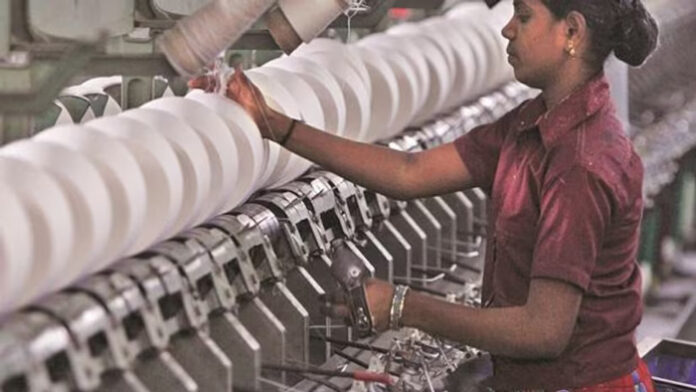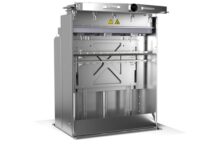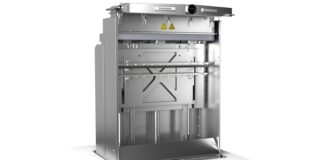Expeditious implementation of the ambitious scheme to develop seven PM Mega Integrated Textile Regions and Apparel (PM MITRA) parks will help in attracting large investments, including FDI, in the sector besides generating huge employment, said industry experts.
After inaugurating ‘Bharat Tex 2024’, one of the largest-ever global textile events to be organised in the country, Prime Minister Narendra Modi threw light on the government’s expansive plans to create seven PM MITRA parks in various states and underlined the emphasis on the creation of opportunities for the entire textile sector.
The parks are coming up in Tamil Nadu, Telangana, Gujarat, Karnataka, Madhya Pradesh, Uttar Pradesh and Maharashtra. Nearly ₹70,000 crore of investment and 20 lakh employment generations are planned to be envisaged through these parks.
The valuation of the Indian textiles market is estimated at ₹12 lakh crore.
The Union Ministry of Textiles is overseeing the execution of these projects. A special purpose vehicle (SPV) owned by the Centre and State governments is being set up for each park, which will oversee the implementation of the project.
Mithileshwar Thakur, Secretary General, Apparel Export Promotion Council (AEPC), said the PM MITRA parks seek to address the traditional as well as emerging challenges that the textiles industry has been facing for a long time. These parks will bring together the entire textile value chain under one roof deriving inspiration from the PM’s 5F vision – farm to foreign via fiber, fabric and fashion focus.
PM MITRA parks will create an enabling ecosystem by facilitating the provision of all utilities, reliable power supply, water availability, wastewater disposal system and an effective single window clearance for all the regulatory approvals for land, building, electricity, CETP and other common facilities at a single place, Thakur said.
“Integration of entire textiles value chain right from spinning, weaving, processing, dyeing, printing and garmenting under these parks will lead to substantial reduction of logistic costs. This park will not only attract investments, including FDI, but also create huge employment opportunities in the sector,” he said.
The Textiles Ministry will provide financial support in the form of the development capital support up to ₹500 crore per park to the SPV.
Chairman of Confederation of Indian Textile Industry (CITI), Rakesh Mehra, opined that the PM MITRA scheme has been one of the pioneering initiatives for capacity building and attracting new investments. The scheme mandate rightly captures the industry’s requirements for cluster-based production with value chain presence and hub and spoke models aimed at each PM MITRA park.
This, he said, is a very important aspect not just for meeting production efficiency and logistic efficiency, but also as a sustainable model, as it significantly reduces the carbon footprint which the textile industry presently has because of the dispersed nature of the various segments – from fiber to garment.
“However, the industry looks forward to a faster implementation of the scheme as it does not have any important investment promotion scheme to address the need of capacity building to meet the target of doubling the textile base to $350 billion by 2030,” Mehra said.
Rating agency ICRA in a recent report had said that investments in the textile value chain under PLI scheme and PM MITRA park and China Plus One strategy are expected to be the key growth drivers.
PM MITRA parks will offer an opportunity to create an integrated textiles value chain and encourage capacity additions in the segment, ICRA said in its report on apparel and fabrics.
A Competitive Incentive Support (CIS) up to ₹300 crore per park to the units in PM MITRA park shall also be provided to incentivise speedy implementation.
Convergence with other GOI schemes shall also be facilitated to ensure additional incentives to the Master Developer and investor units.
Under the project guidelines, state governments are supposed to provide contiguous and encumbrance-free land parcels of at least 1,000 acres in park land and will also facilitate the provision of all utilities, reliable power supply, water availability and waste water disposal system.








